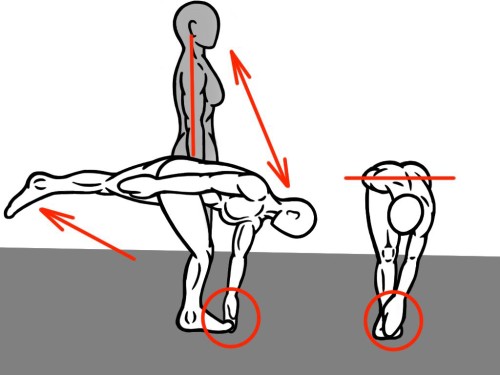

The more physically active we are, the more likely we are to have good balance and of course the wider physical, psychological and social benefits of being regularly active are well known. We then engage the right muscles (feet, ankle, leg and core muscles, sometimes even the arm muscles) at the right time to make the necessary adjustments to our posture to stay upright. When in good health we rely on our central and peripheral nervous system to integrate all the information coming in from our balance senses (eyes, inner ears and feedback from muscles and joints). We have a very small base of support relative to our height and width. The human body, when standing upright, is inherently unstable. Why standing on one leg mattersĭata shows that the time people can stand on one leg changes for men and women at different ages – and an inability to hit those target times for your age group can highlight health problems.Įxplainer: why does our balance get worse as we grow older? People who sit for prolonged periods are more likely to develop type 2 diabetes, higher waist circumference and obesity. Sitting or reclining while awake is associated with lower muscle strength, risk of falls and physical function, sometimes irrespective of the amount of moderate or vigorous intensity physical activity you do. Pregnancy, menopause, the diagnosis of disease and retirement can also alter our strength and balance and ability to stay upright, mostly because of the way these affect our ability and motivation to engage in regular physical activity. You are less likely to be able to stand on one leg without a wobble if you have a multitude of medical conditions such as Parkinson’s disease, stroke or Alzheimer’s disease). The inability to balance on one leg for 20 seconds or longer is linked in otherwise healthy people to an increased risk of small blood vessel damage in the brain and reduced ability to understand ideas. Around 37.3 million falls per year worldwide are severe enough to require medical attention. Research shows that people’s ability to stand on one leg is an indicator of health and that getting better at standing on one leg can add to fitness and potentially lifespan.īeing able to stand on one leg is linked to increased levels of physical activity and decreased risk of falls and is associated with both quality and length of life.


 0 kommentar(er)
0 kommentar(er)
